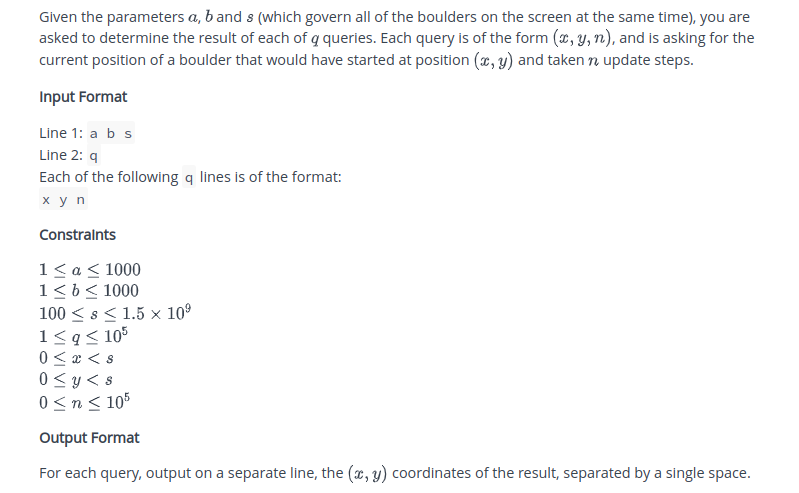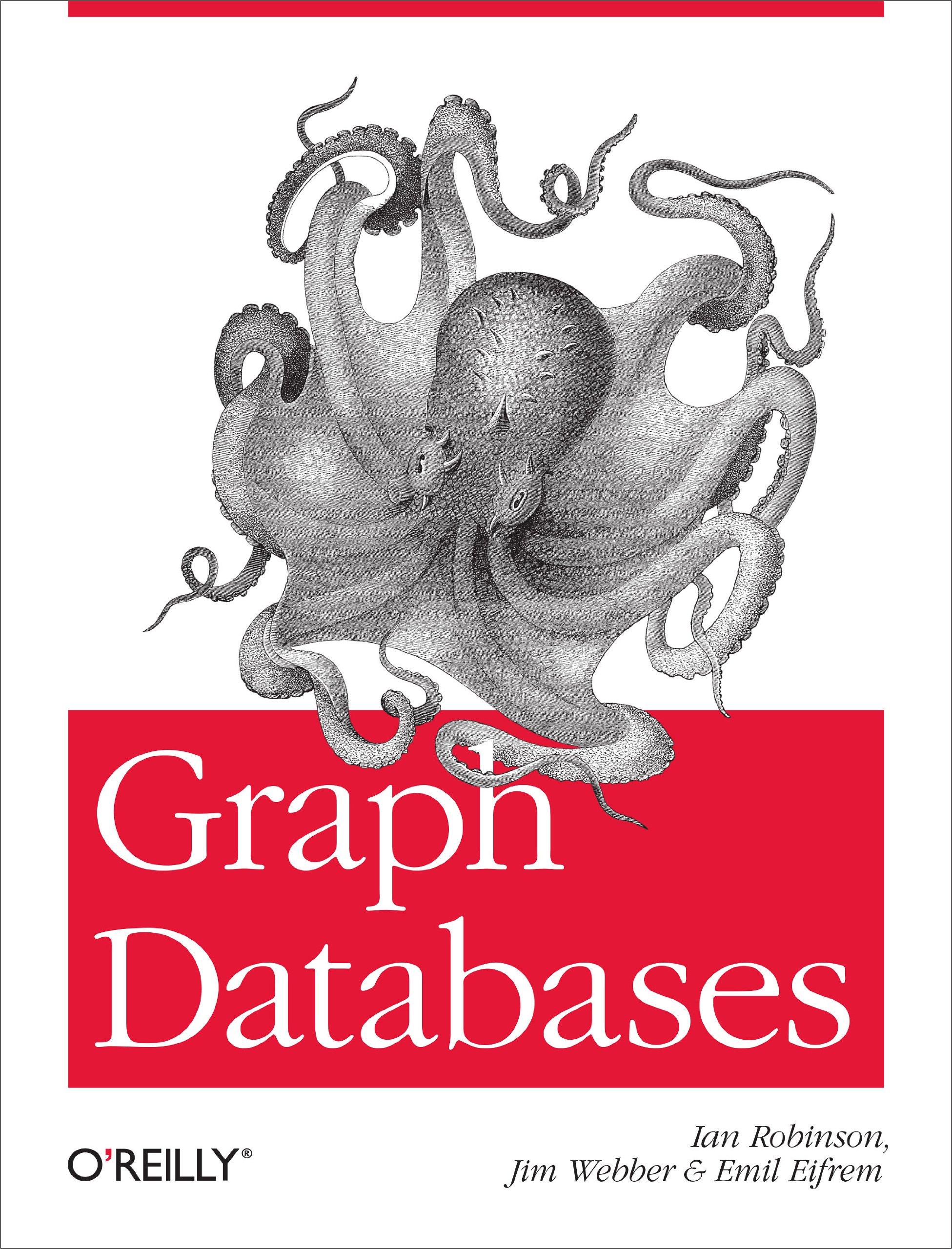Answered step by step
Verified Expert Solution
Question
1 Approved Answer
I have the following code but recieve timeouts errors: Source Code def findPositions ( a , b , s , queries ) :
I have the following code but recieve timeouts errors:
Source Code
def findPositionsa b s queries:
Finds the positions based on the given queries.
Parameters:
a int: The coefficient for updating x in the formulas.
b int: The coefficient for updating y in the formulas.
s int: The modulus value.
queries list: A list of queries, where each query is represented as a list x y n
where x and y are initial positions and n is the number of iterations.
Returns:
list: A list of positions after performing the given number of iterations for each query.
results
for query in queries:
x y n query
for in rangen:
# Update x and y according to the given formulas
xnew ax y s
ynew x by s
# Prepare x and y for the next iteration
x y xnew, ynew
# Append the result for the current query
results.appendx y
return results
if namemain:
# User input for a b and s
a b s mapint inputEnter a b and s separated by spaces: rstripsplit
# Number of queries
q intinputEnter the number of queries: strip
# Queries input
queries
printEnter each query in the format x y n each on a new line:"
for in rangeq:
queries.appendlistmapint inputrstripsplit
# Find positions based on queries
results findPositionsa b s queries
# Output results
printOutput:
for result in results:
printfresultresult
Can you review the problems, specifically the constraint and give a more efficient solution
In a certain video game, the screen is square of a given size, measured in pixels. The and coordinates
go from to Boulders are rolling across the screen, and the player must avoid being hit
by them. When a boulder rolls off one edge of the screen, it appears at the opposite edge of the screen,
preserving the other coordinate. For example, if and a boulder on the middle of the right edge of the
screen, at coordinate moves to the right, it would reappear at coordinates ie in the middle on
the left edge of the screen The screen is essentially the surface of a torus doughnut shape where you can
imagine the right side has been joined to the left side, and the top of the screen to the bottom.
The rolling boulders are simulated by updating their coordinates in discrete steps. Each rolling boulder is
considered to move along a trajectory defined by a sequence of discrete points:
dots, It moves along a straight line joining consecutive points in the sequence. The
trajectory of a rolling boulder is parameterised by two integers a and so that is given by:
If either coordinate returned by the calculation is either negative or larger than then it is considered to wrap
around to the other side of the screen, and carry on counting. For example, if then the coordinate
would correspond to the point at and the coordinate would correspond to the
coordinate Given the parameters and which govern all of the boulders on the screen at the same time you are
asked to determine the result of each of queries. Each query is of the form and is asking for the
current position of a boulder that would have started at position and taken update steps.
Input Format
Line : a b s
Line : q
Each of the following lines is of the format:
y
Constralnts
Output Format
For each query, output a separate line, the coordinates the result, separated a single space.

Step by Step Solution
There are 3 Steps involved in it
Step: 1

Get Instant Access to Expert-Tailored Solutions
See step-by-step solutions with expert insights and AI powered tools for academic success
Step: 2

Step: 3

Ace Your Homework with AI
Get the answers you need in no time with our AI-driven, step-by-step assistance
Get Started


